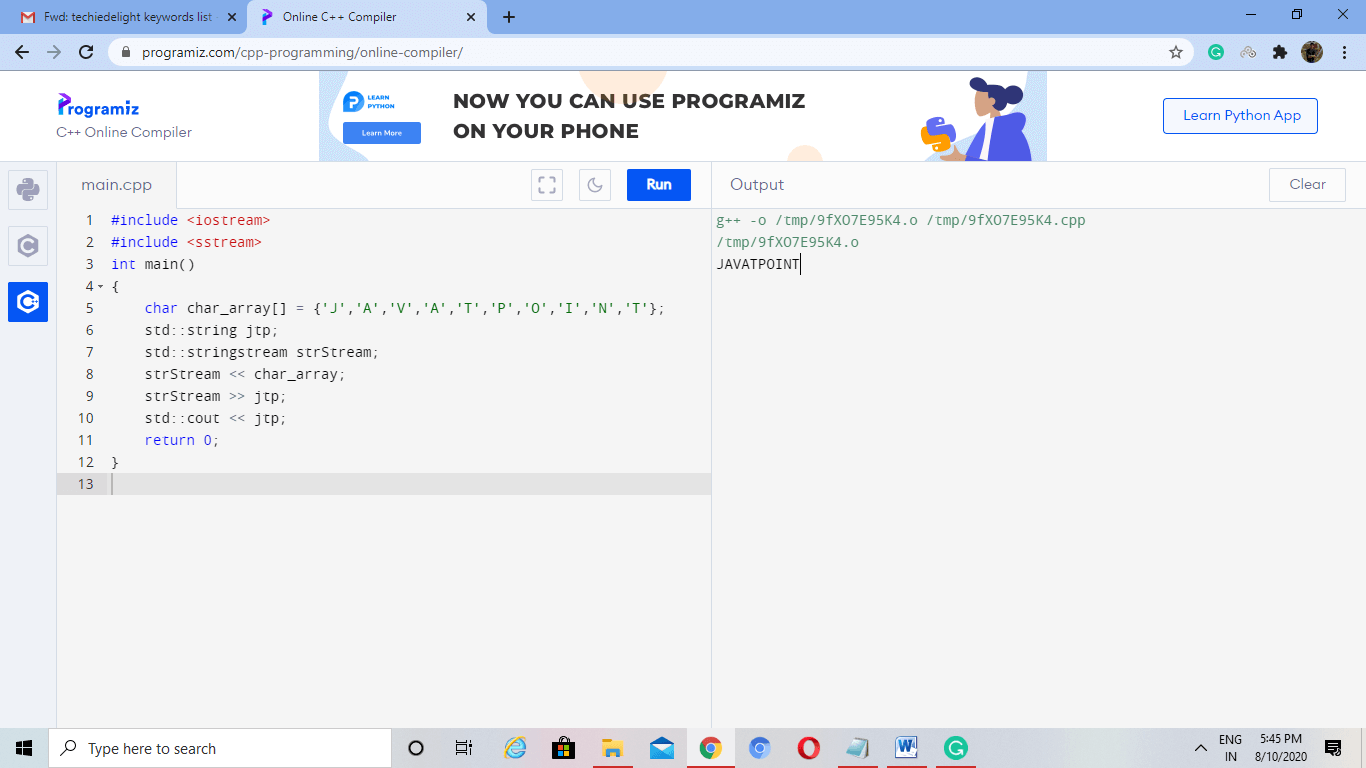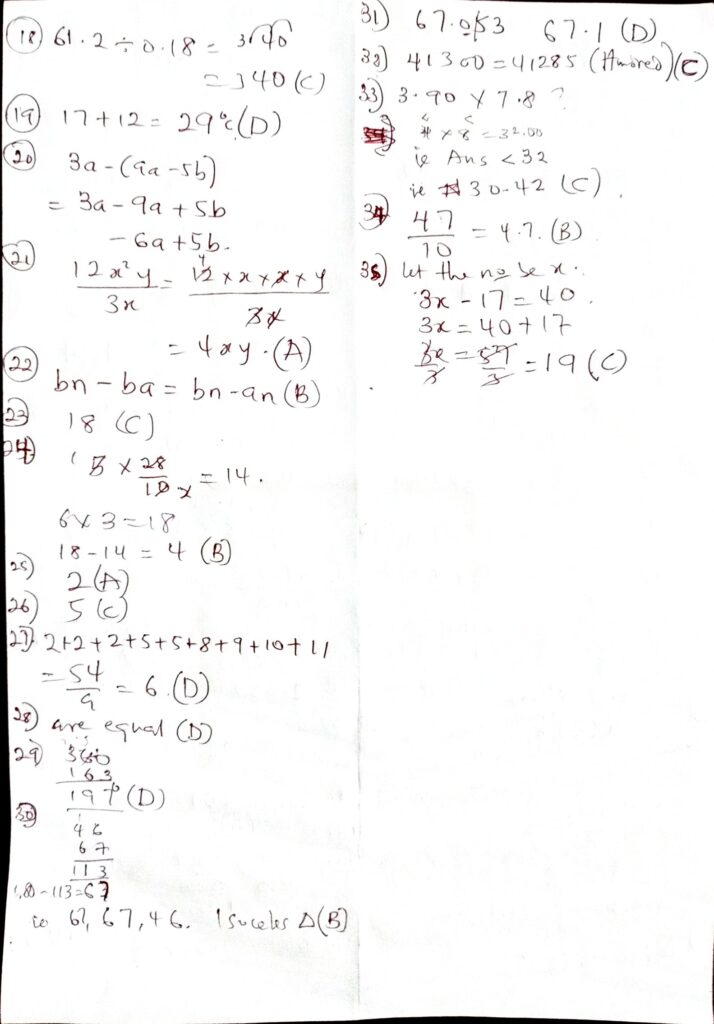

Together they allow games to simulate our worlds, such as moving water and physics, as well as to deliver something outside real-world possibilities. It’s not hard to see why a game without programming and math would just be a bunch of pretty, useless art.
JS CHAR MATH FULL
Game code combined with variables, vectors, and more is what tells Sonic to run slowly when the player barely presses the D-pad, runs faster when at a full dash, stops completely when he runs into a solid object, and run move differently when underwater. Without math, programmers wouldn’t be able to make objects in the game do even the simplest of things, including movement. While math is useful even in the art side of game development, it’s the programmers who make use of it to create the characters, mechanics, and more. More specific elements of math almost always used in games include:

To name a few, some of the common branches of math utilized in game development include: Most of the time the math you learned in high school and college is no different than what was used to design a game. No math means Mario keeps floating up after jumping, bullets in Call of Duty shoot in random directions, and even your favorite character in Angry Birds move in inconsistent ways if it moves at all. When you think about it, video games are essentially virtual worlds with lots of rules that keep everything working as intended.

In the same way that math doesn’t work unless you learn and apply the rules, a video game can’t have rules without math.

log ( random ( 12 ) ) // ttwbeshkYzaXĬonsole. Let us write a function by using the above code to generate a random string anywhere between 0 and 14 characters: const random = ( length = 8 ) => Ĭonsole. To generate a fully random string, you should pass 16 or greater as a radix value to toString(): const rand = Math. It defines the base to use for representing a numeric value.įor a binary string (0-1), you can pass 2 as radix to toString(): const binary = Math. To generate an alpha-numeric string, you can pass an integer value between 2 and 36 to the toString() method called radix. The above code will generate a random string of 8 characters that will contain numbers only. You can convert this random number to a string and then remove the trailing zeros: const rand = Math. The Math.random() method returns a random number between 0 (inclusive), and 1 (exclusive). The quickest way is to use the Math.random() method. There are many ways available to generate a random string in JavaScript.


 0 kommentar(er)
0 kommentar(er)
